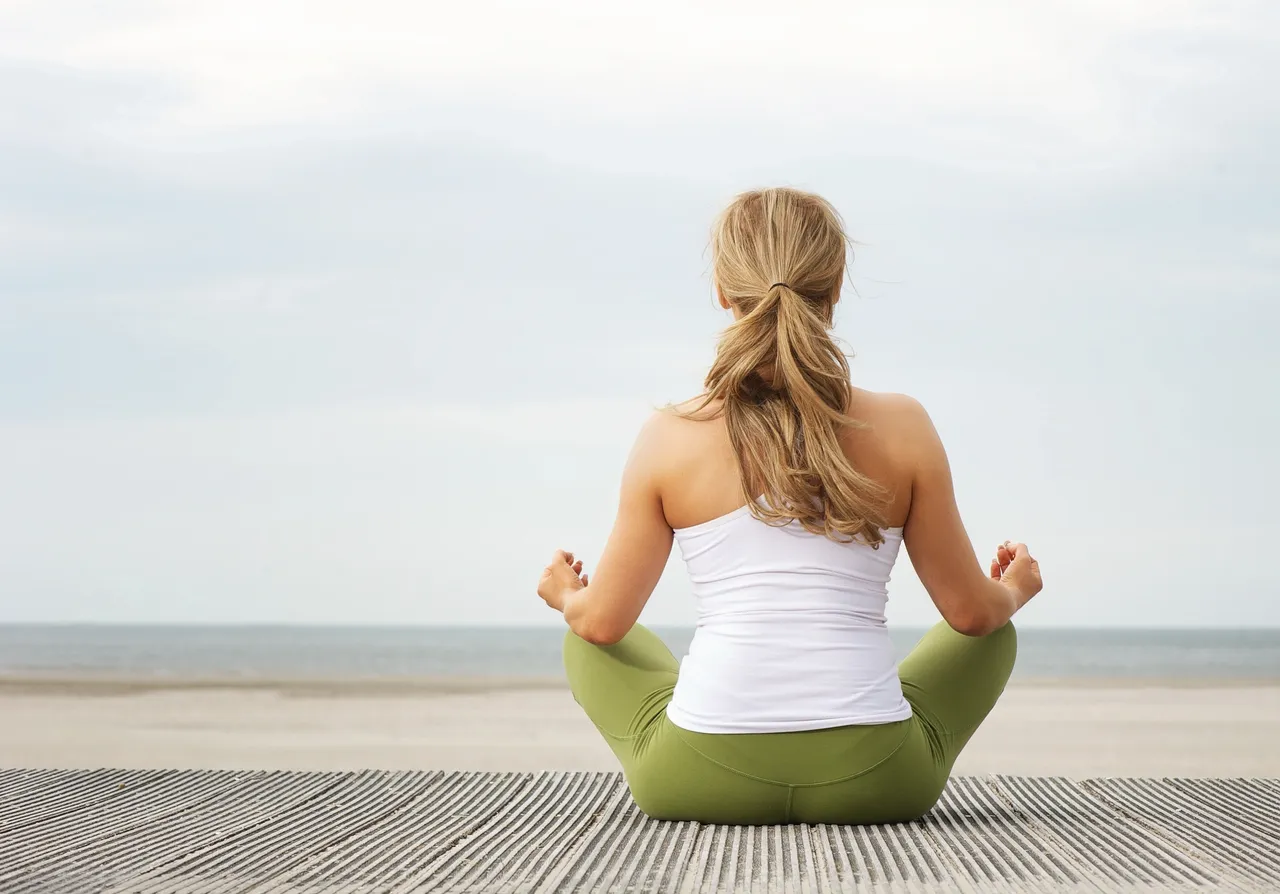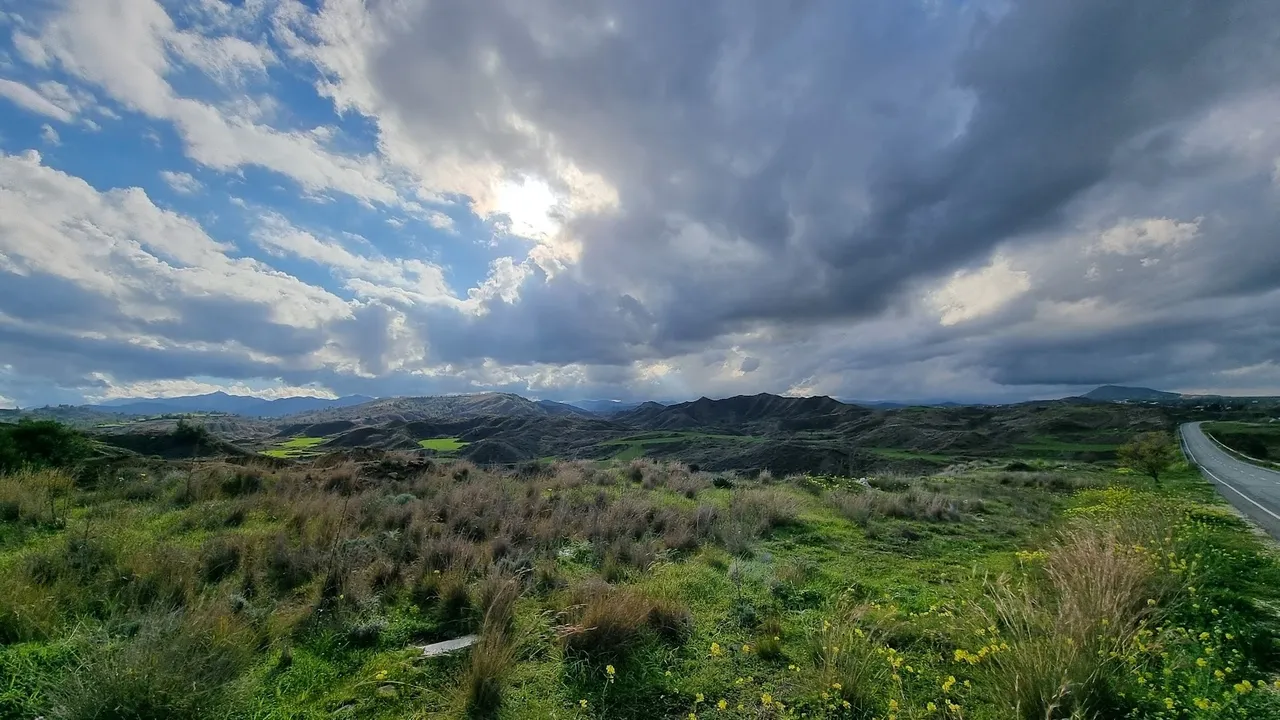
Yoga is known for its focus on breath control, or pranayama. In fact, the practice of pranayama is considered one of the fundamental aspects of yoga, alongside asana (physical postures) and meditation. There are many different types of breathing in yoga, each with its own unique benefits and techniques. In this article, we'll explore some of the most common types of breathing in yoga.
Ujjayi breath, also known as "victorious breath," is a type of deep, oceanic breath that is commonly used in yoga practice. To practice ujjayi breath, begin by sitting comfortably and taking a few deep breaths through your nose. Then, constrict your throat slightly and breathe in deeply through your nose, filling your lungs with air. As you exhale through your nose, constrict your throat again, creating a soft "ha" sound in the back of your throat. Repeat this pattern of deep, oceanic breaths for several minutes.
Ujjayi breath is believed to have a calming effect on the mind and nervous system, as well as helping to regulate body temperature and increase oxygenation of the blood.
Nadi Shodhana, or alternate nostril breathing, is a type of pranayama that involves alternating between breathing through the left and right nostrils. To practice Nadi Shodhana, sit comfortably and place your left hand on your left knee. Using your right hand, bring your index and middle fingers to rest on your forehead between your eyebrows, and place your thumb on your right nostril. Inhale deeply through your left nostril, then use your ring finger to close your left nostril as you exhale through your right nostril. Inhale through your right nostril, then use your thumb to close your right nostril as you exhale through your left nostril. Repeat this pattern of alternating nostril breaths for several minutes.
Nadi Shodhana is believed to balance the left and right sides of the brain, increase mental clarity, and promote relaxation.
Kapalabhati, or skull-shining breath, is a type of pranayama that involves rapid, forceful exhalations followed by passive inhalations. To practice Kapalabhati, sit comfortably and take a few deep breaths through your nose. Then, exhale forcefully through your nose, drawing your belly in towards your spine. Allow your inhalations to happen naturally, without actively inhaling. Repeat this pattern of rapid exhalations followed by passive inhalations for several minutes.
Kapalabhati is believed to improve lung capacity, increase energy levels, and stimulate digestion.
Bhramari, or bee breath, is a type of pranayama that involves producing a humming sound while breathing. To practice Bhramari, sit comfortably and take a few deep breaths through your nose. Then, close your eyes and inhale deeply through your nose. As you exhale, make a soft humming sound, like the buzzing of a bee. Repeat this pattern of inhaling and humming for several minutes.
Bhramari is believed to reduce stress and anxiety, improve concentration, and promote relaxation.
Sitali, or cooling breath, is a type of pranayama that involves inhaling cool air through the mouth. To practice Sitali, sit comfortably and take a few deep breaths through your nose. Then, open your mouth and curl your tongue into a "U" shape, like a straw. Inhale deeply through your mouth, feeling the cool air passing over your tongue and into your lungs. Exhale through your nose. Repeat this pattern of inhaling through your mouth and exhaling through your nose for several minutes.
Sitali is believed to have a cooling effect on the body and reduce inflammation, as well as calming the mind and reducing stress.
Bhastrika, or bellows breath, is a type of pranayama that involves rapid, forceful breathing through the nose. To practice Bhastrika, sit comfortably and take a few deep breaths through your nose. Then, begin to breathe rapidly and forcefully through your nose, with equal emphasis on inhalation and exhalation. Repeat this pattern of rapid, forceful breaths for several minutes.
Bhastrika is believed to increase oxygenation of the blood, improve lung capacity, and stimulate the nervous system.
Dirga, or three-part breath, is a type of pranayama that involves deep, slow breaths that fill the lungs in three parts. To practice Dirga, sit comfortably and take a few deep breaths through your nose. Then, inhale deeply into your belly, feeling it expand. Next, inhale into your ribcage, feeling your ribs expand. Finally, inhale into your upper chest, feeling your collarbones rise. Exhale slowly and completely. Repeat this pattern of three-part breaths for several minutes.
Dirga is believed to be grounding and calming, promoting relaxation and reducing stress.
In conclusion, there are many different types of breathing in yoga, each with its own unique benefits and techniques. Whether you're looking to calm the mind, increase energy levels, or improve lung capacity, there's a type of pranayama that can help. By incorporating pranayama into your yoga practice, you can deepen your connection with your breath, increase your awareness of your body and mind, and promote balance and wellbeing in your life.




